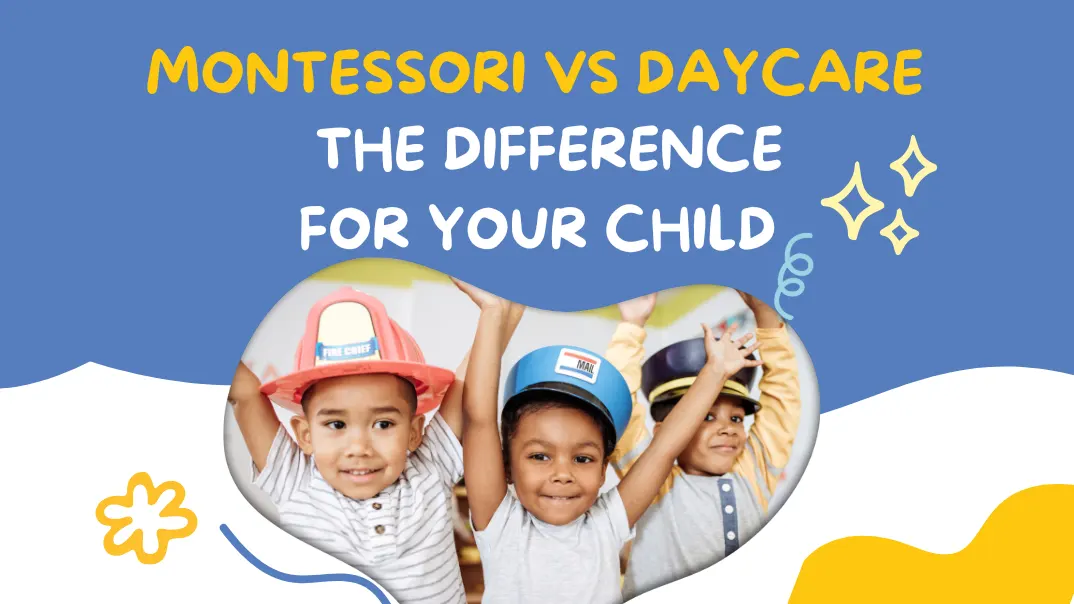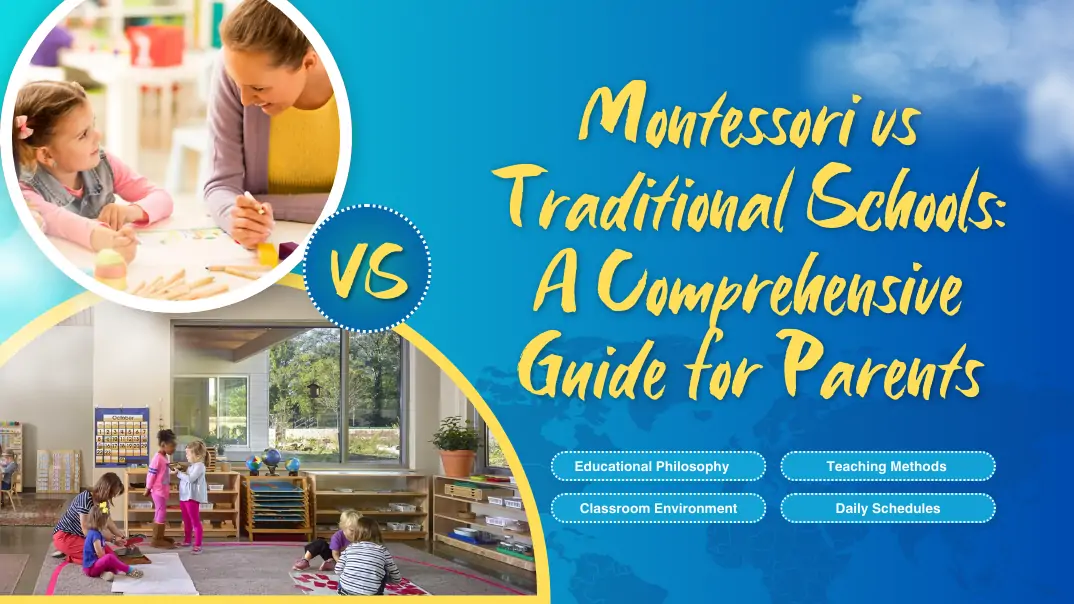
Montessori vs Daycare: The Difference for Your Child
Montessori vs daycare serve different roles: Montessori focuses on self-directed learning in a prepared environment, encouraging independence, while daycare primarily provide safe, nurturing supervision, often with a flexible learning structure.




